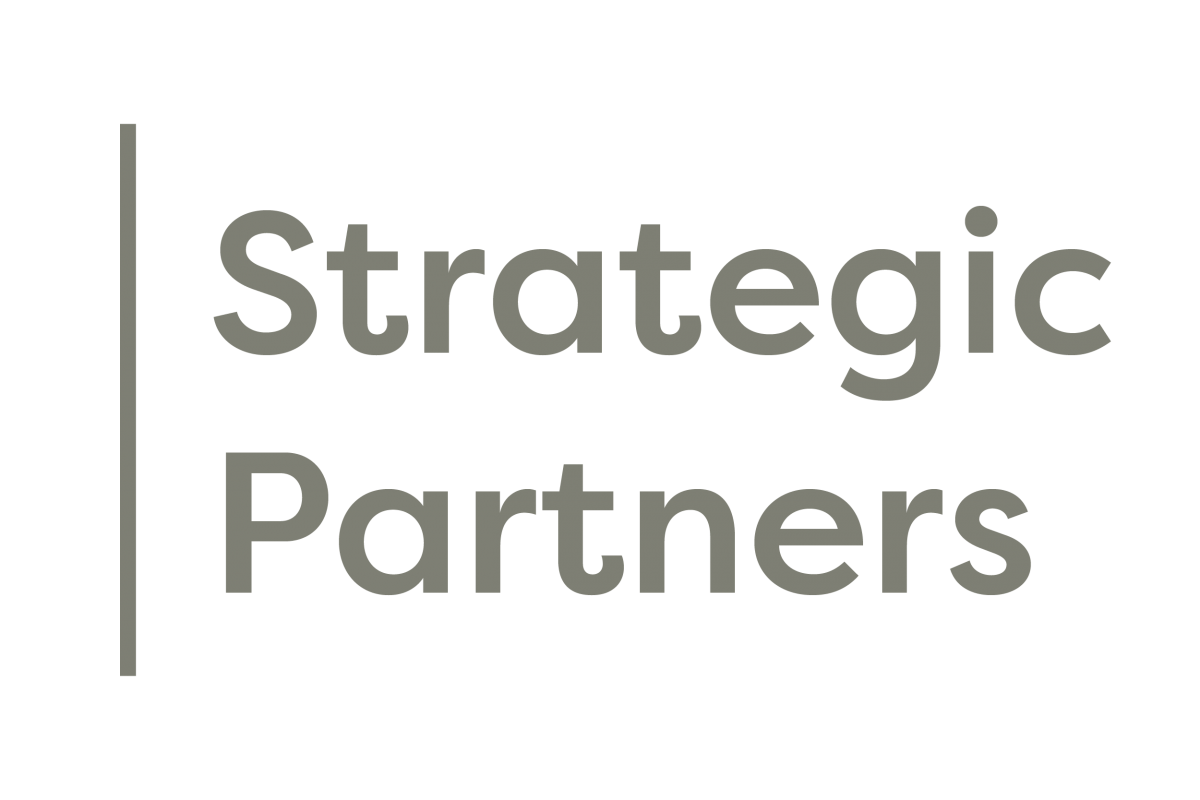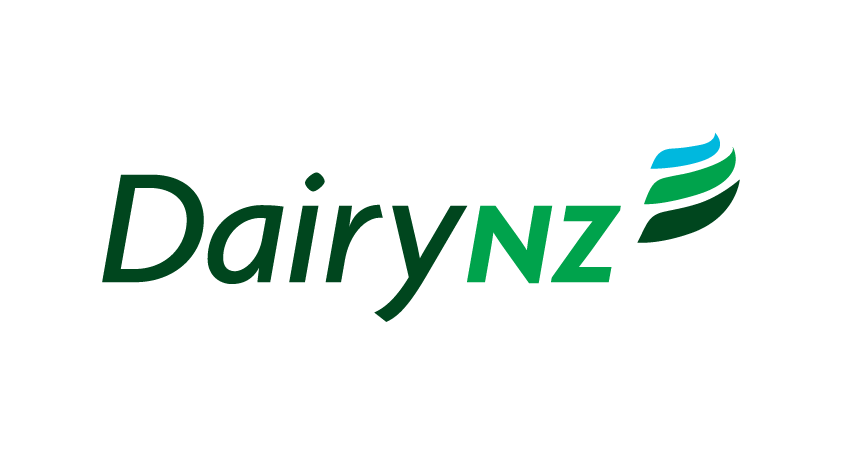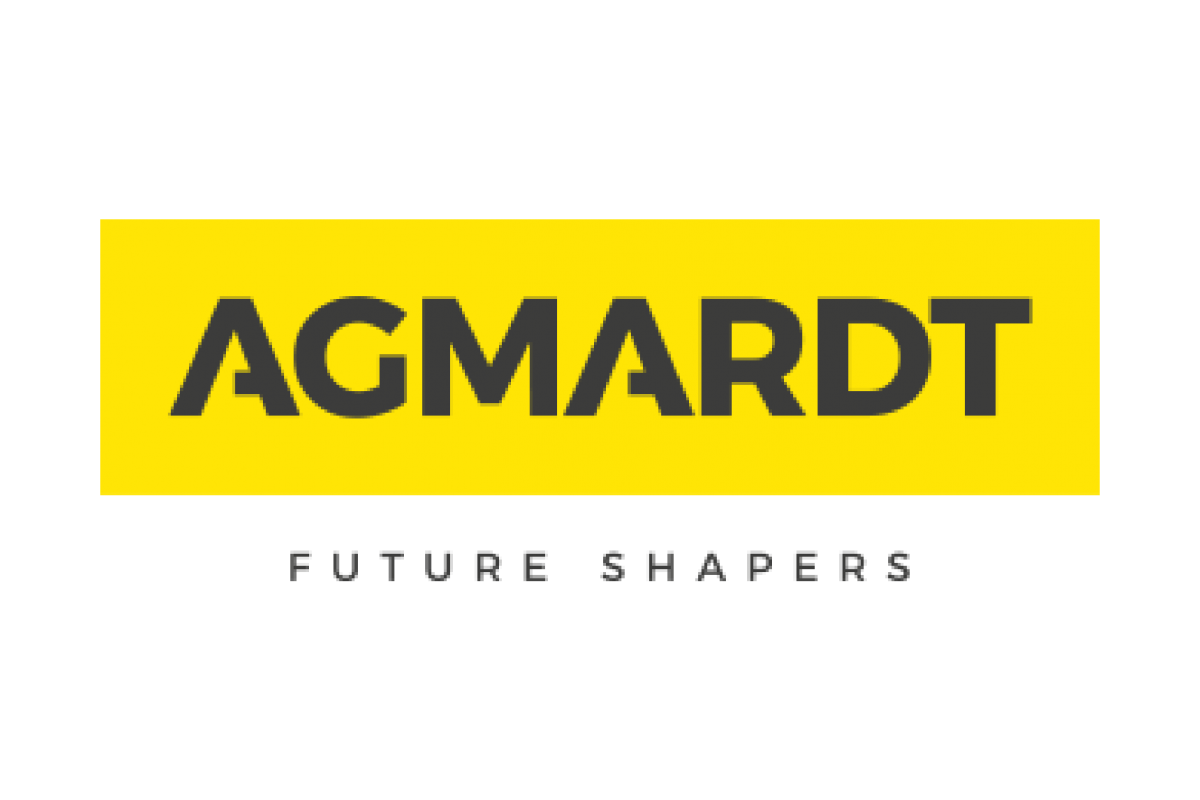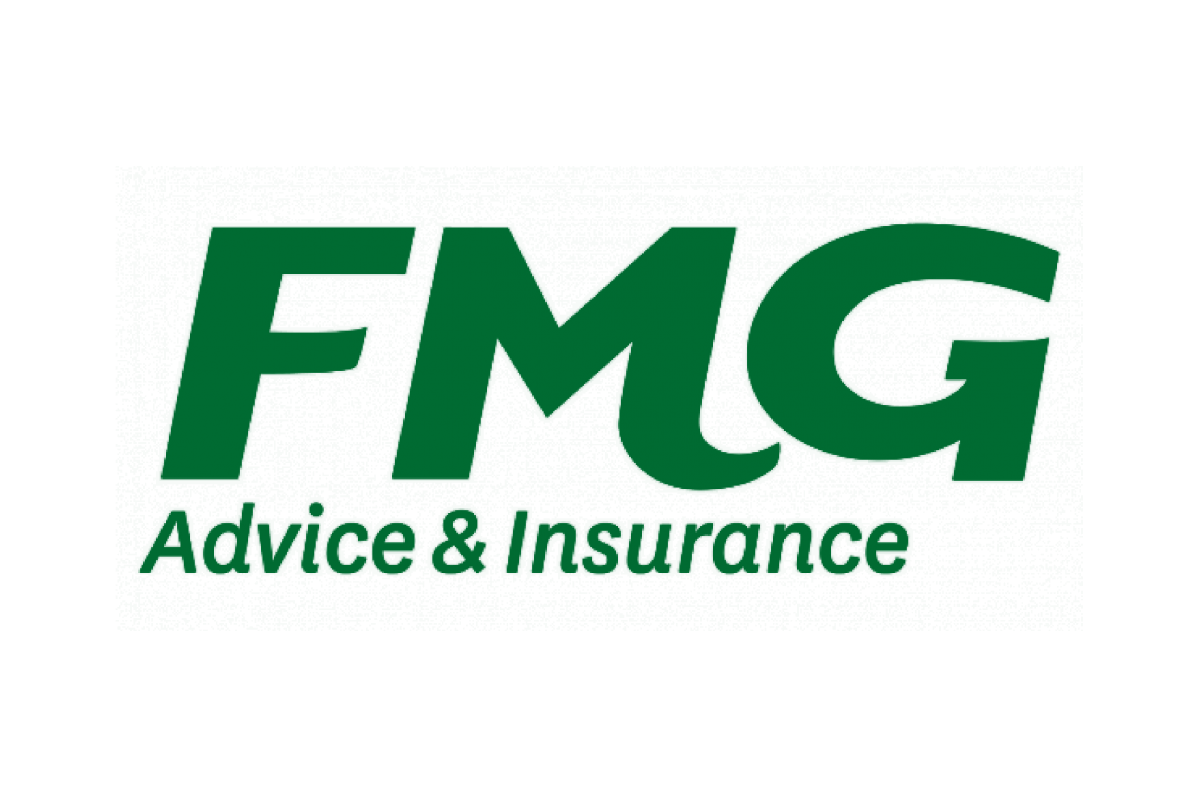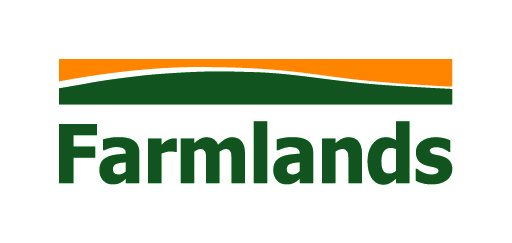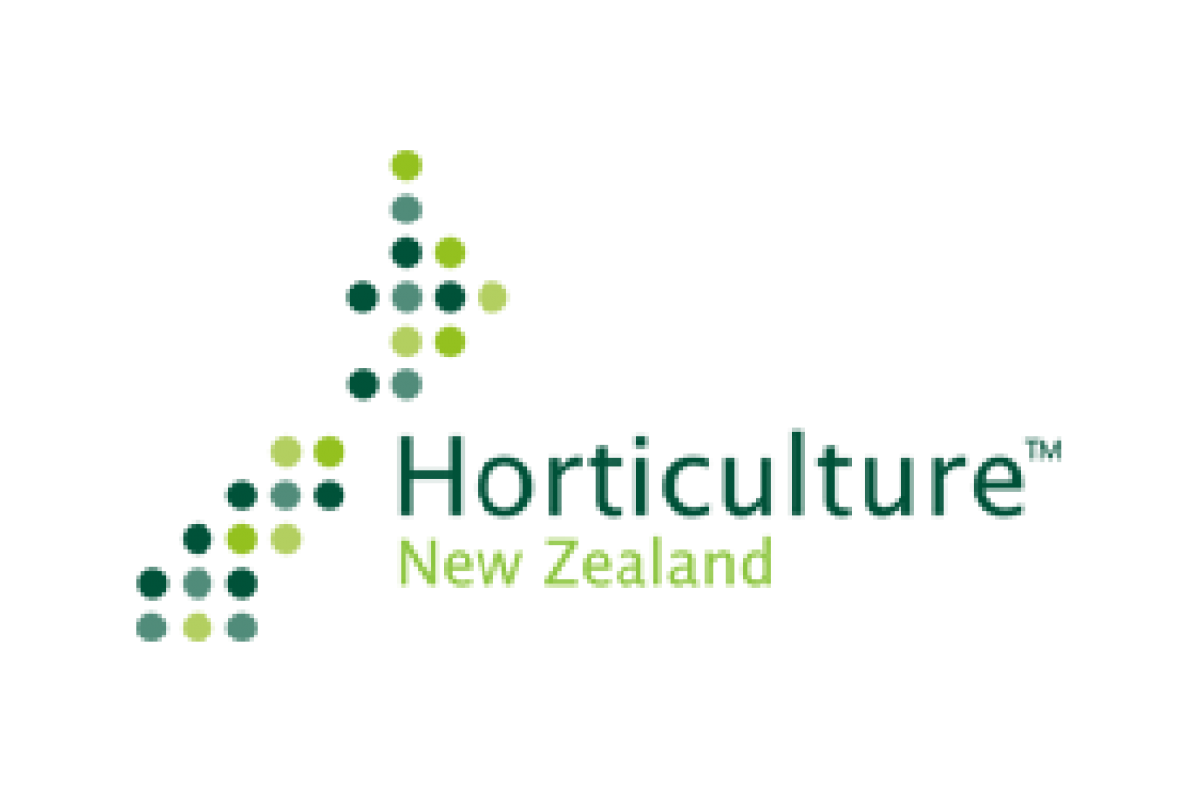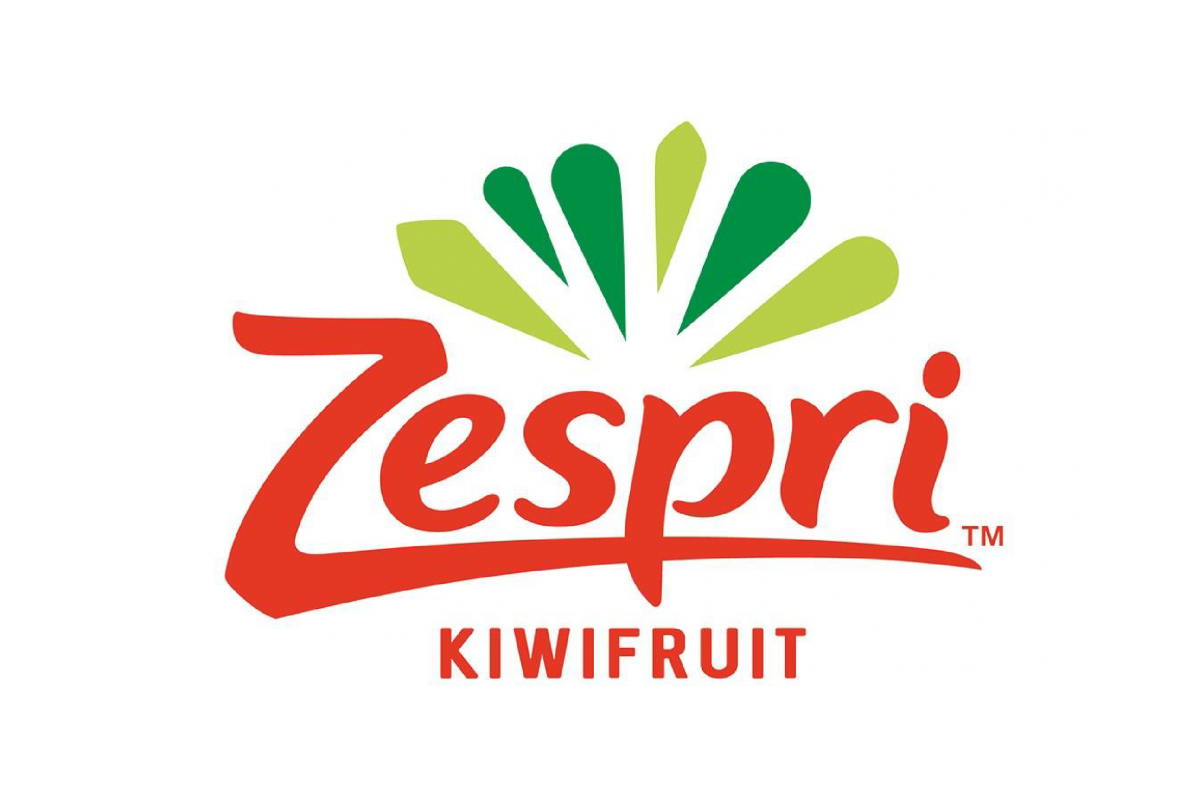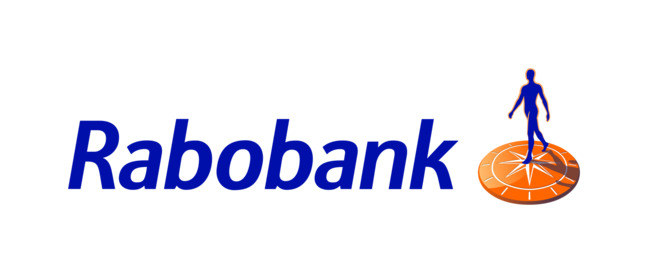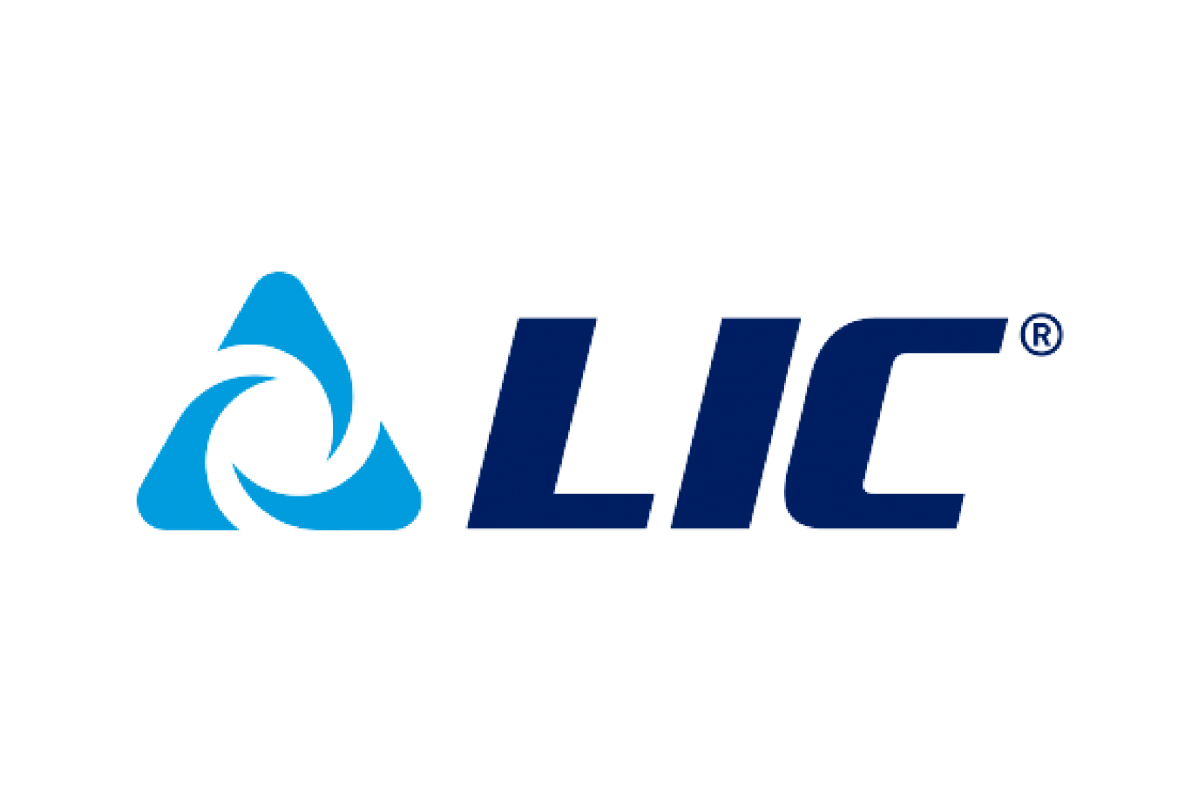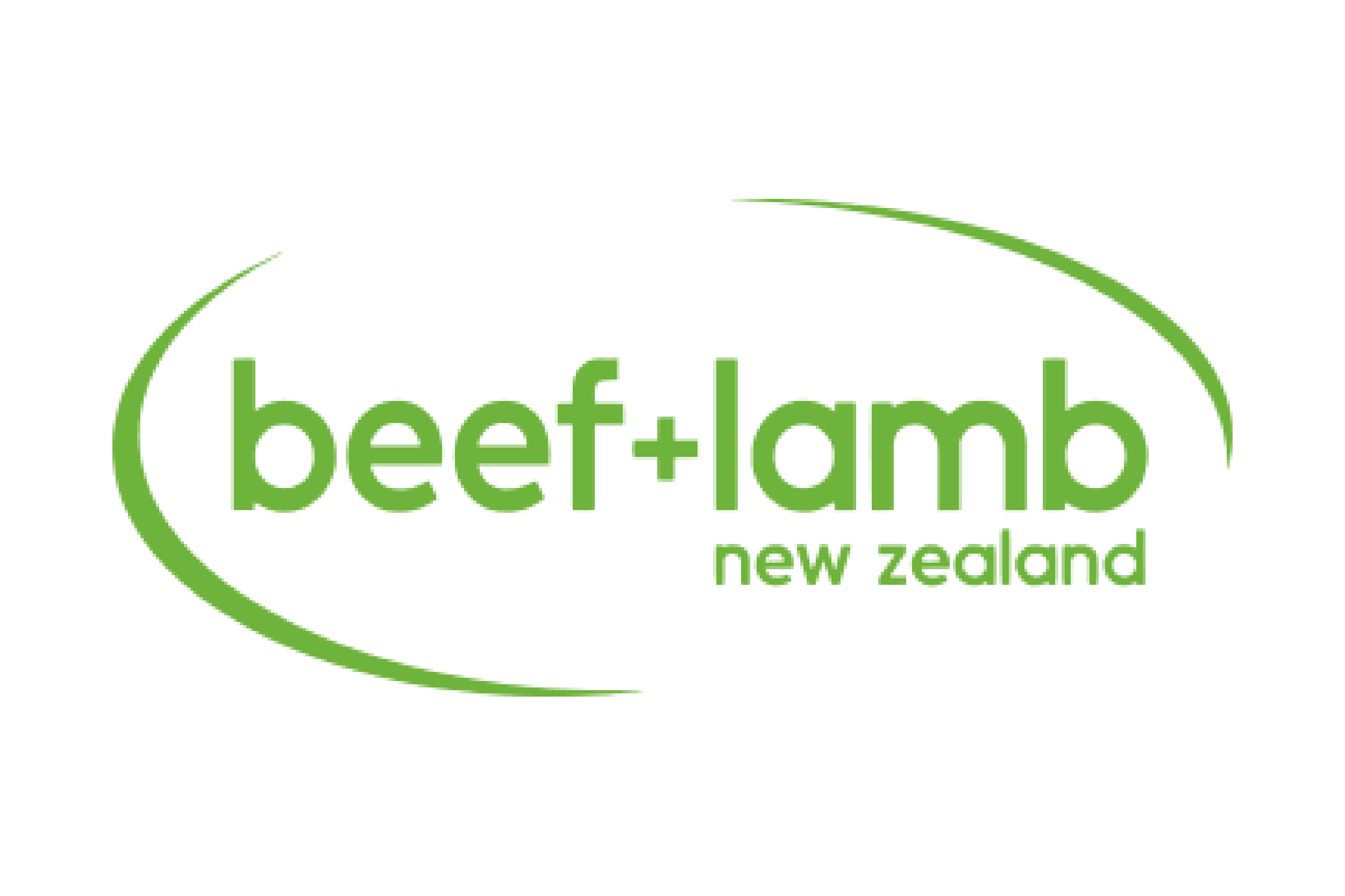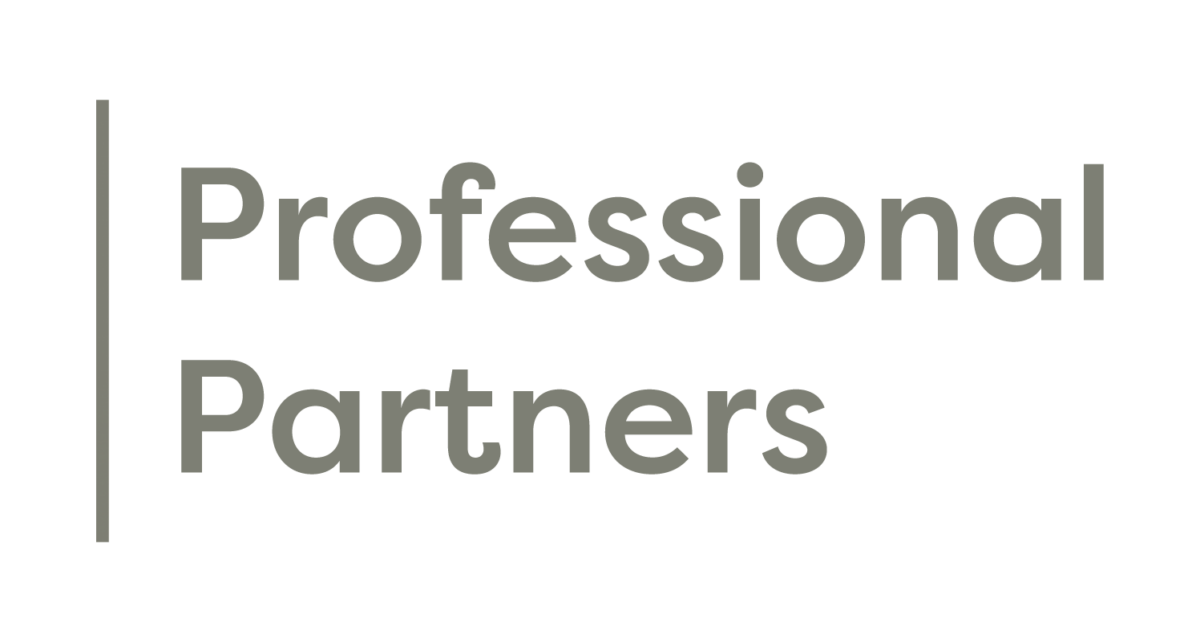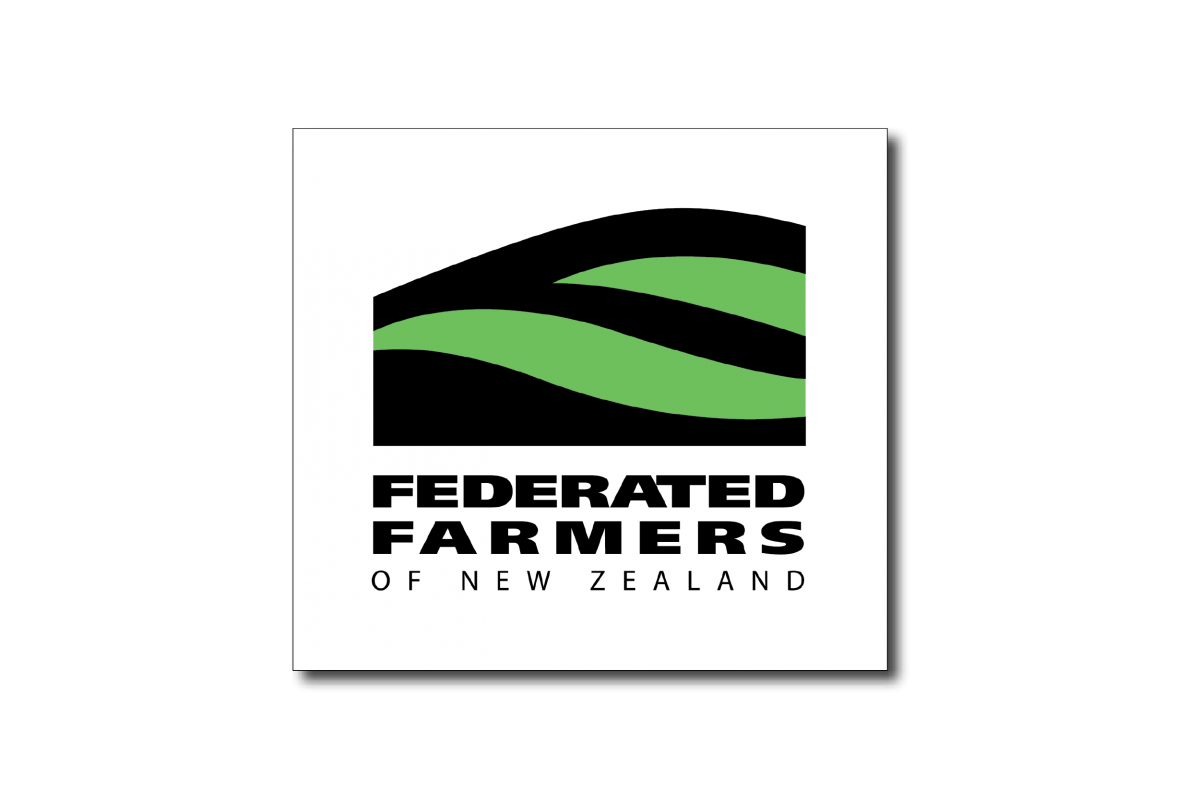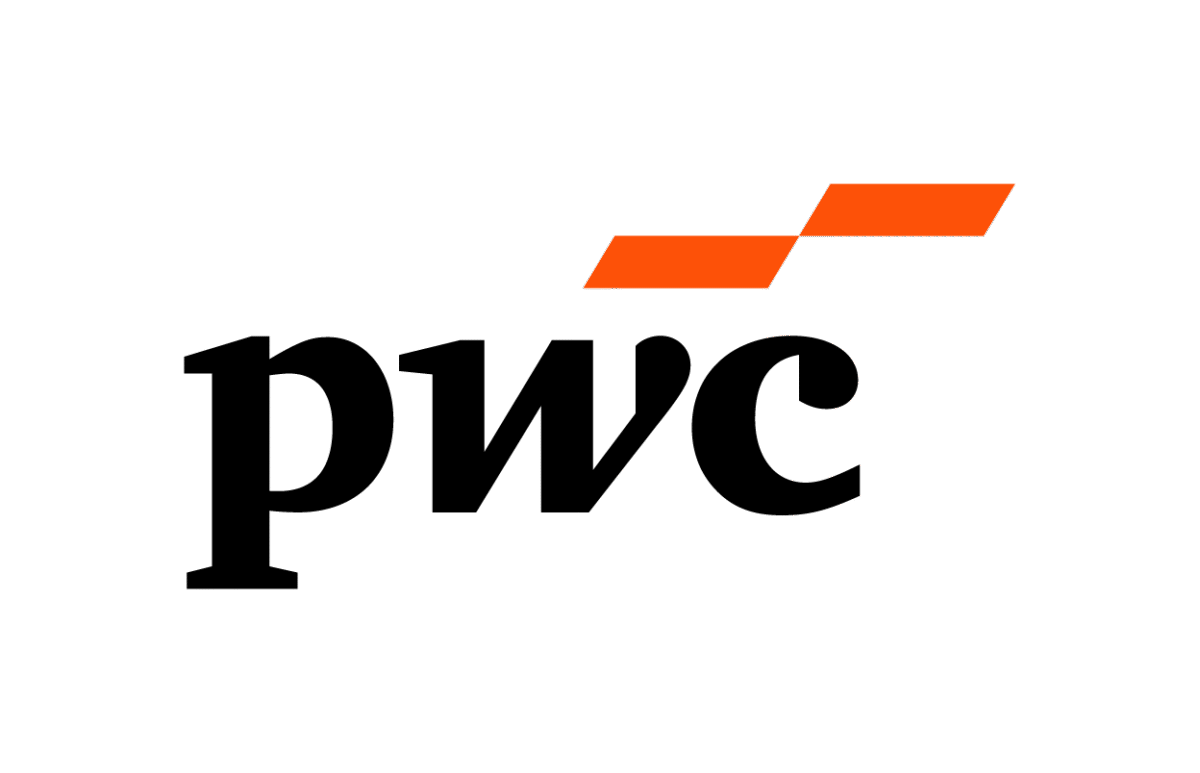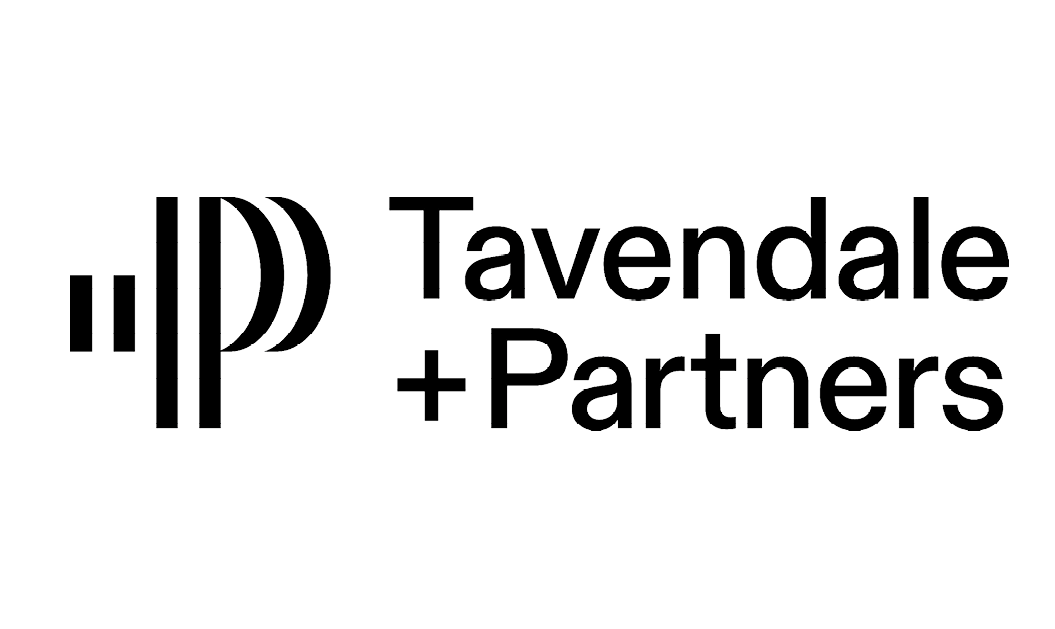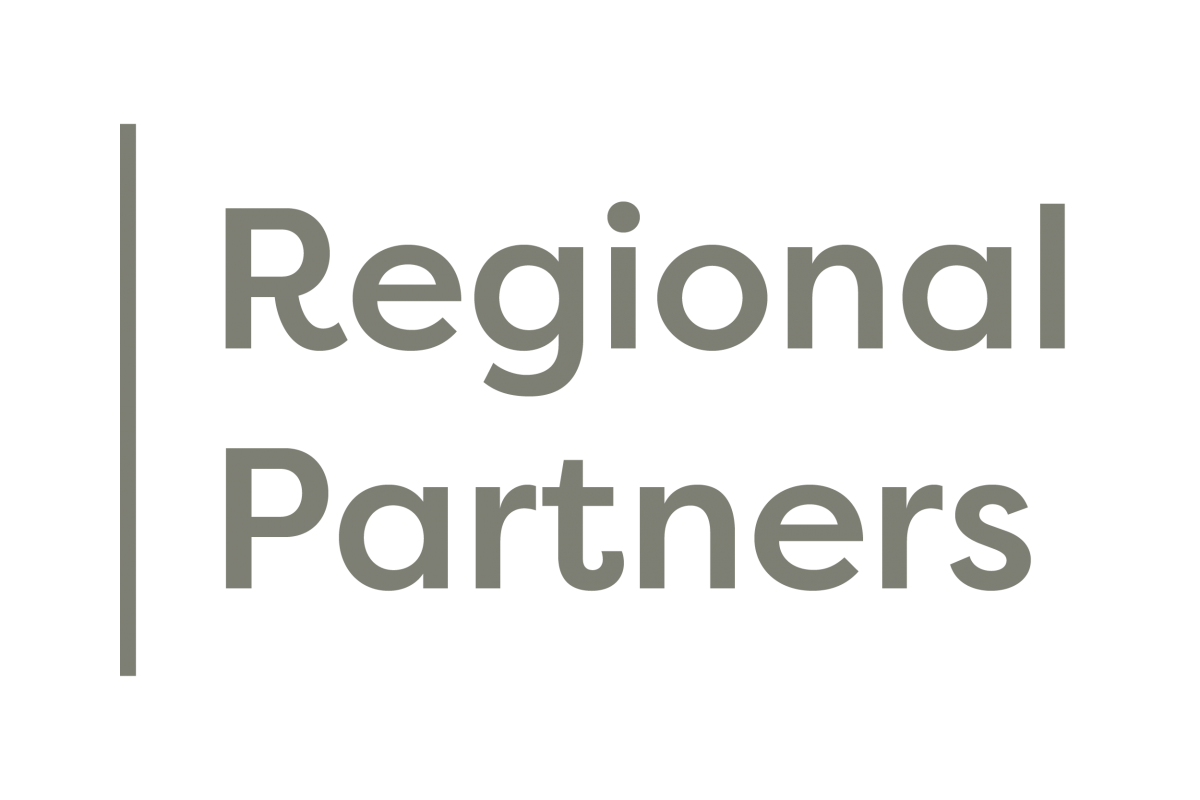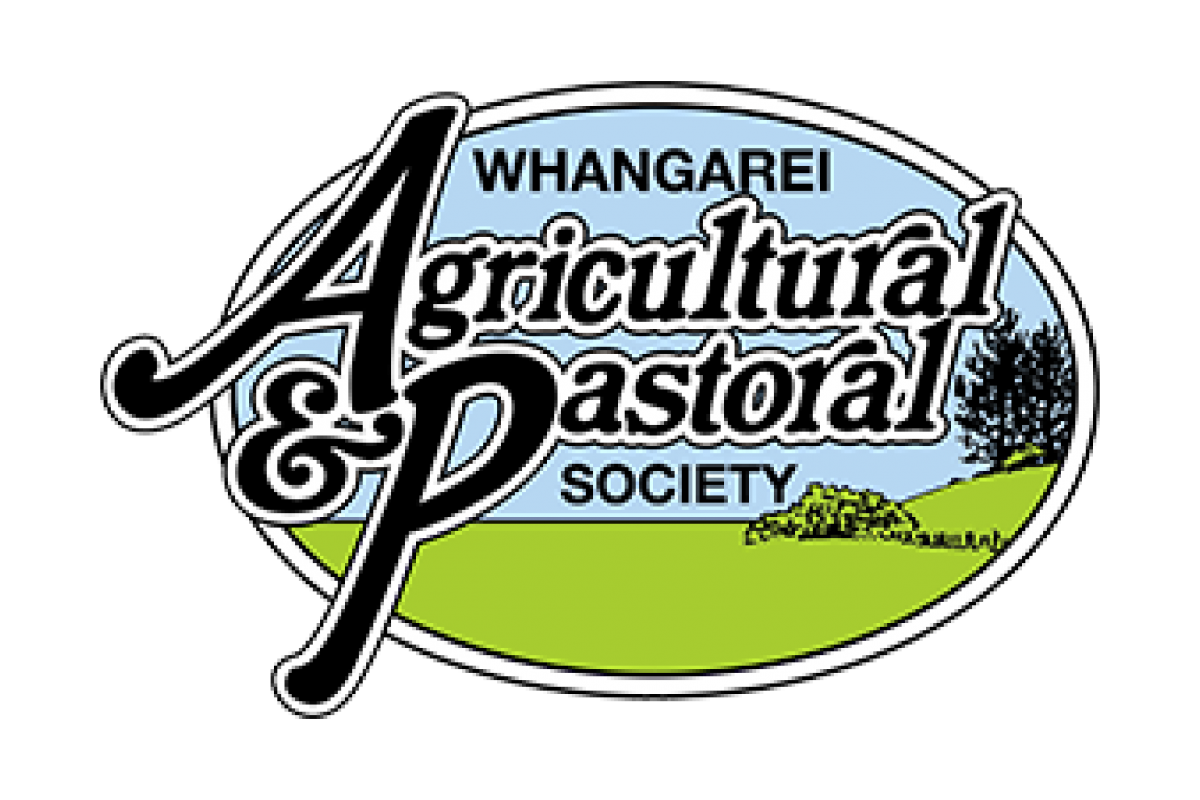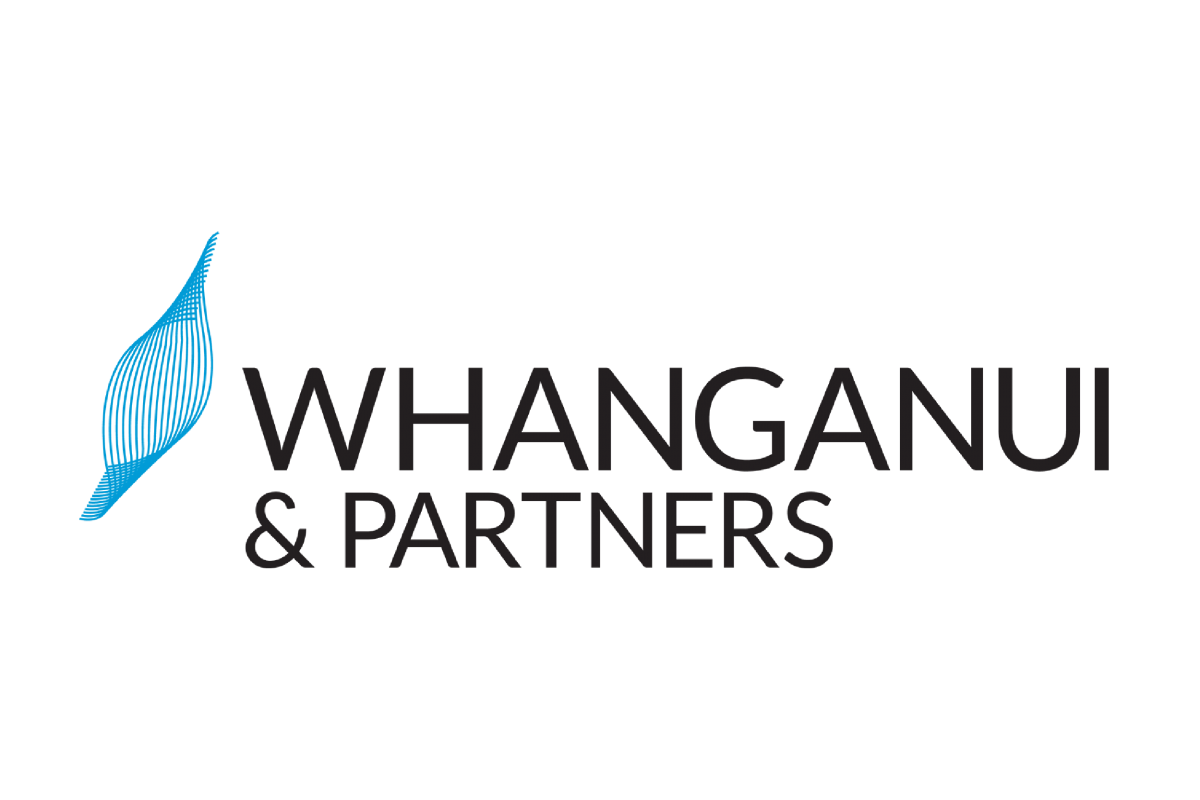Executive Summary
1. Deregulation of the UK Dairy Industry
1.1 The Milk Marketing Board in the UK was deregulated in 1994 and the previously integrated dairy industry was fragmented into separate organisations responsible for milk collection and dairy processing.
1.2 This opened the door for true competition for dairy farmers who could now choose to supply milk directly to any one of a number of independent processors, many of whom are public listed companies.
1.3 Competition for milk supply initially saw milk prices rise 15%. But after four years, the milk price has dropped some 30%. The farmer owned supply co-op (Milk Marque) has lost 24% of it’s market share as more and more farmers are attracted to the independents who pay a slightly higher milk price.
1.4 Milk Marque finds itself in the extraordinary position of not only selling the bulk of it’s milk to it’s competitors, but also sets the base price above which it’s competitors pay a premium to attract direct milk supply from farmers.
1.5 Because Milk Marque has no processing capacity of it’s own, it must onsell all it’s milk to the independent processors. Until it can rebuild a processing capacity of it’s own, it will always pay the lowest milk price. This rebuilding phase takes a lot of time and capital and will require the development of new brands and markets. This demand for funds puts even greater pressure on milk price.
1.6 All farmers appear to be worse off under this new deregulated environment. The independent processors seem able to manipulate the purchasing system so that the milk price paid to farmers is an absolute minimum. Dividends is the key measure of their performance and can only be maximised if costs (including the cost of milk) are minimised.
1.7 Competition seems to have been more destructive than constructive and the farmer owned co-op is now desperately trying to rebuild an integrated “cow to customer” structure in order to regain some ability to influence returns to farmers.
2. Corporates vs Co-operatives
2.1 Corporates
There are a number of corporate dairy companies operating in Ireland, with varying degrees of success. The most successful of these would be the Kerry Group plc and the Avonmore Waterford Group plc.
2.2 There is no doubt that Kerry has been very successful since it adopted the aggressive growth strategy in 1986 and became a plc (public listed company). Turnover has increased from NZ$570 million in 1984 to NZ$4 billion in 1997. The shares, initially issued to farmers at 35 pence, were trading on the Stock Exchange for 11 pound each in April 1998.
2.3 The farmers involved in the company at these early stages are very proud of this achievement. Their investment in the industry has been “unlocked” and can be cashed in at any time at true market value. Their income is now derived from three sources – milk price, dividend flow and capital growth in share values.
2.4 But not all the corporates have been as successful. Waterford narrowly avoided financial ruin by merging with Avonmore in January 1998. Golden Vale is under constant pressure, from both shareholders and farmers, to improve it’s very mediocre performance.
2.5Furthemore, many of the younger farmers are feeling uncertain about their future. They cannot afford to pay the high price for Kerry shares. Their income stream is limited to milk price. Farmer ownership of the company is now significantly less than 50%. As the Kerry business, has grown the dairying sector has become the smallest and least profitable division. There was talk that if the company was forced to rationalise, the dairy division may be sold off. These farmers were worried that as shareholders demanded higher dividends, their milk price would be lowered……and lowered….and lowered. They could become peasant farmers once again.
2.6 Co-operatives
On the other hand, there are several 100% farmer owned co-operatives throughout Europe and the USA who are achieving the same levels of success, in terms of business growth, without having to raise capital on the Stock Exchange.
2.7 Friesland Coberco in Holland has a turnover of NZ$8.5 billion, operates throughout the world and has established a system of farmer tradable shares that not only “unlock” the value of a farmer’s investment in the industry, but also identifies a performance measure other than payout.
2.8 MD Foods in Denmark is a true 100% farmer owned co-op. They have no shares. Farmers join for nothing and leave with nothing. They pay the highest milk price in Europe, operate on a 25% Equity ratio and have a global turnover of $NZ6 billion.
2.9 Land O’ Lakes and Dairy Farmers of America are also huge farmer owned co-operatives that have developed a system of patronage shareholding. This system enables the company to retain profits for growth, but recognises each suppliers contribution to that growth, so he can eventually cash it in when he retires.
2.10 All these companies had identified strategies for global growth and were actively merging with and acquiring other complimentary businesses to help them build critical mass. They all recognise that size is power.
2.11 It seems therefore, that it is not necessarily structure that dictates the success or otherwise of a company, but more the vision, skills and ability of the leaders and the management to define and implement a strategy to achieve the desired goals of the owners of the company.
3. Future Issues
3.1 CAP Reform
The European Union is talking of reforming the Common Agriculture Policy over the next 6 years. However, direct production subsidies will simply be replaced by more environmentally and socially based subsidies aimed at keeping farmers on the land.
3.2 Quotas are expected to be abolished by 2006, but this in itself may see an increase in milk production over the short term that could seriously impact on New Zealand farmers. I see little or no prospect of improved returns for New Zealand farmers as a result of these proposed reforms. The political animal called CAP is an unreliable and unpredictable beast.
3.3 The New Zealand Dairy Board
The NZDB is very highly regarded for it’s performance throughout Europe and the USA. Many of our competitors openly admit they do not like meeting them in the market place. They are all waiting, and hoping, that deregulation in New Zealand will see the demise of their toughest competitor.
3.4 Power of the Supermarkets
Supermarkets wield an incredible amount of power in the food retail sector. This power is such that they can significantly influence returns received by food producers, either through demanding exorbitant payments for “shelf space” and/or through their “own brand” products which are regarded as premium quality products by the consumer.
3.5 They demand very high standards from their suppliers, not only in product quality but also immediate on- demand availability. There is little or no loyalty. If a supplier can’t supply on demand, someone else will.
3.6Consumers are increasingly concerned about food safety, animal welfare and environmental issues. Recognising this, supermarkets are demanding that more and more products they sell are supported by full quality assurance and traceability programs. But price will always be the single most important determinant. If the price isn’t right, it won’t be sold.
3.7 Animal Welfare
While animal welfare is largely about perception, the New Zealand dairy industry receives a lot of criticism in Europe for some of our farming practices. Tail docking, inductions, dehorning calves, winter strip grazing, lack of shelter, walking distances, disposal of dead stock and transportation of incalf cows are all mentioned as areas where our practices would be considered unacceptable by the consumer.
3.8It is important, if we want to continue to protect our business from unwanted media attention and perhaps consequential loss of markets, that we do much more to make some of these practices more acceptable (or less visible) to the public. Education of the consumer and the supermarket buyer is part of the answer but farmers must be willing to change as well.
3.9 Scale
It is very evident after travelling through Europe and the USA that all sections of the dairy industry recognise that scale of operation is an important key to future profits. Size is power, not only at the processing and marketing level, but also at the producer level. Growth by acquisition and merger was evident at all levels and the New Zealand industry is no different in this respect. Our future too will depend upon our ability to continue to grow our business, to remain competitive in the global market place.
